8 Kitchen Items We Always Look Out For At Thrift Stores
Are you team Milk Glass or team Fiestaware??
3. Bakelite
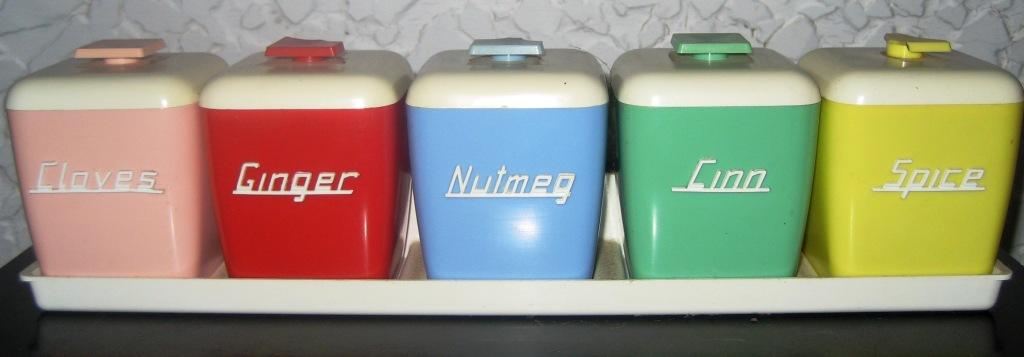
What is Bakelite? Well, it’s a bunch of things, really. Named after Leo Baekeland in 1907, Bakelite product was made out of carbolic acid and formaldehyde, making it the first thermosetting plastic – a material that won’t bend, warp or melt once formed. Since it is such a versatile material, it was used to create tons of different products, ranging from electrical insulators (the original purpose of the company) to kitchen tools to jewelry.
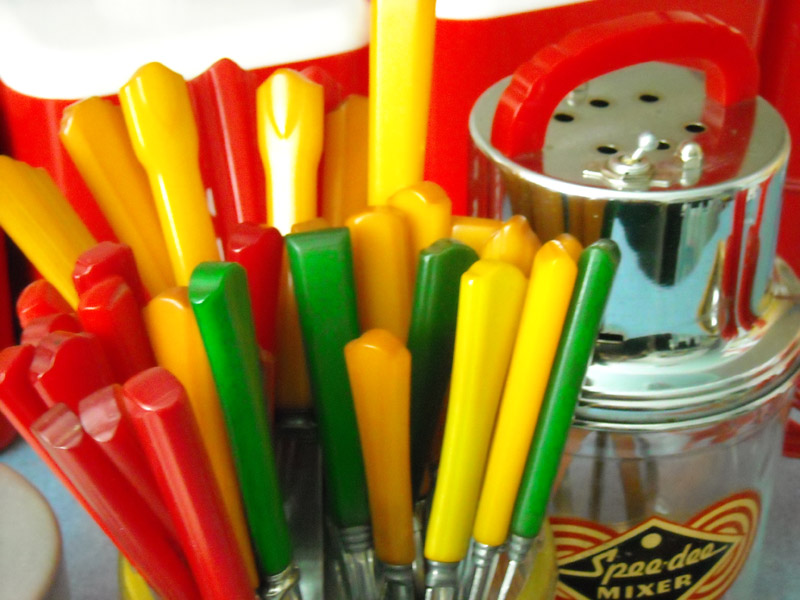
If you’re ever planning on going on a Bakelite hunt, make sure to come prepared; if possible, the swab test is one of the most accurate ways to test true Bakelite. Bring along a bottle of 409 and some cotton swabs with you, as rubbing a small area of potential Bakelite with a swab dipped in 409 will result in a yellow smear leftover on the swab or Q-tip. If you’ve already got items at home that you think might be Bakelite, another option is to run a small part of the plastic under hot water for 30 seconds. It it’s real Bakelite, there will be a distinct smell, similar to paint remover, indicating its authenticity.
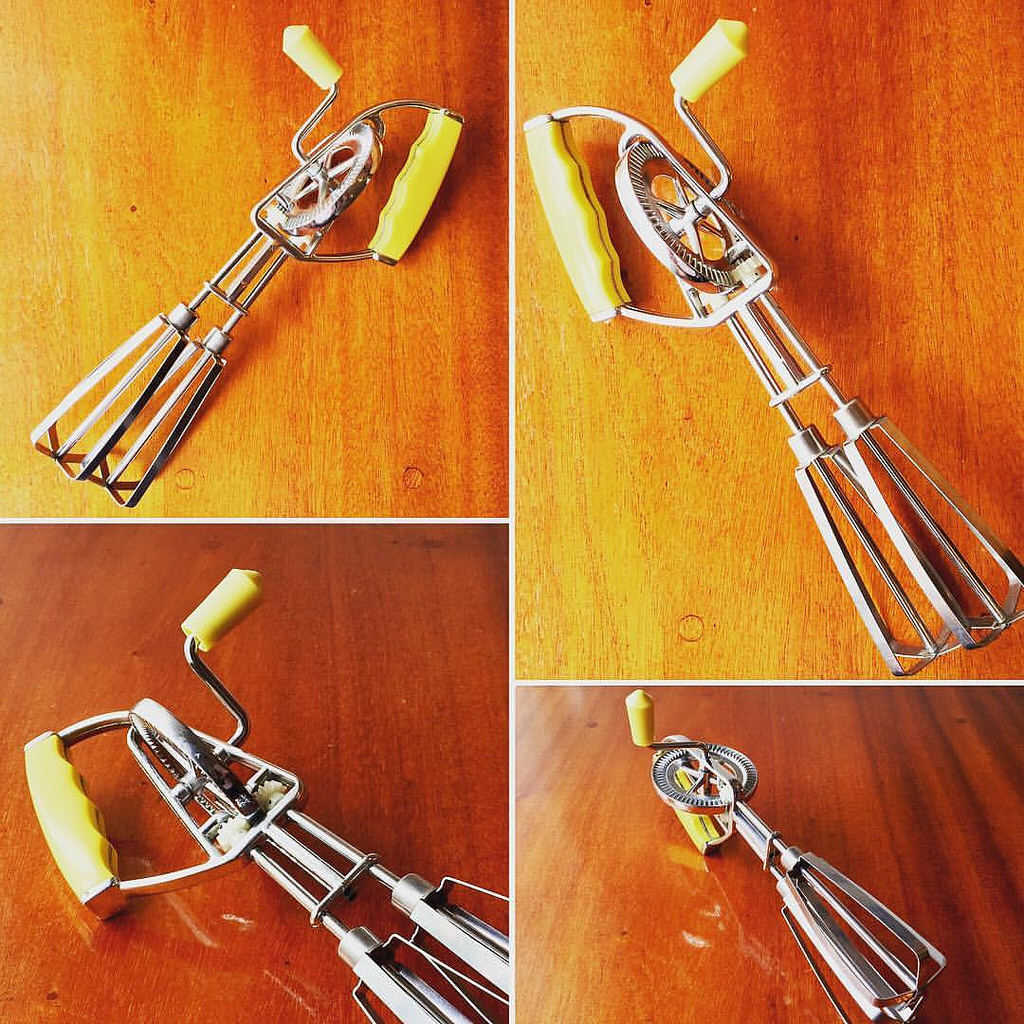
Considering that there are pieces of Bakelite originally sold for $250 that now retail for over $3000, this is definitely a vintage find that you don’t want to pass up. Now that you know what to look for, you can keep your eyes peeled and add to your kitchenware or jewelry collection.
4. McCoy Stoneware
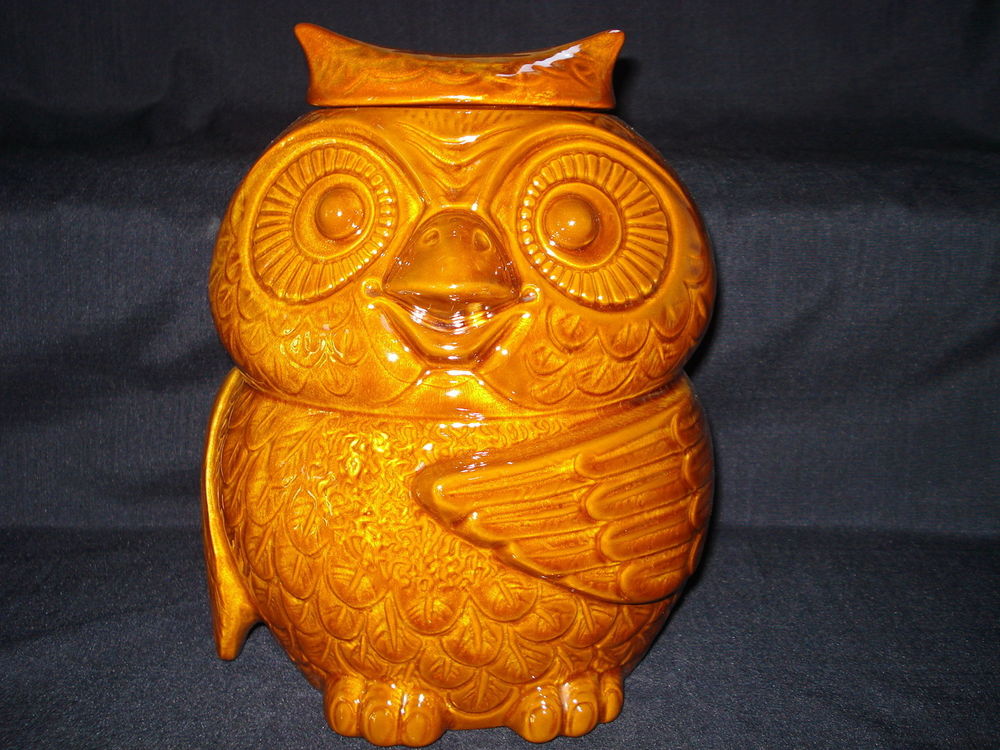
McCoy stoneware, of the Nelson McCoy Sanitary Stoneware Company (est. 1910) is probably most famous for its cookie jars. Even though the company closed in 1990, their decorative cookie jars are still some of the most sought-after items when it comes to vintage kitchenware, retailing for thousands of dollars at auction. They started producing said cookie jars in the 1930s, and it was the fun designs that caught people’s eyes and made them a staple in people’s homes; whimsical figurines (e.g. carousels, penguins, bears, McCoy Mammy, etc.) representing joy and prosperity were what made these classics that are still treasured today.
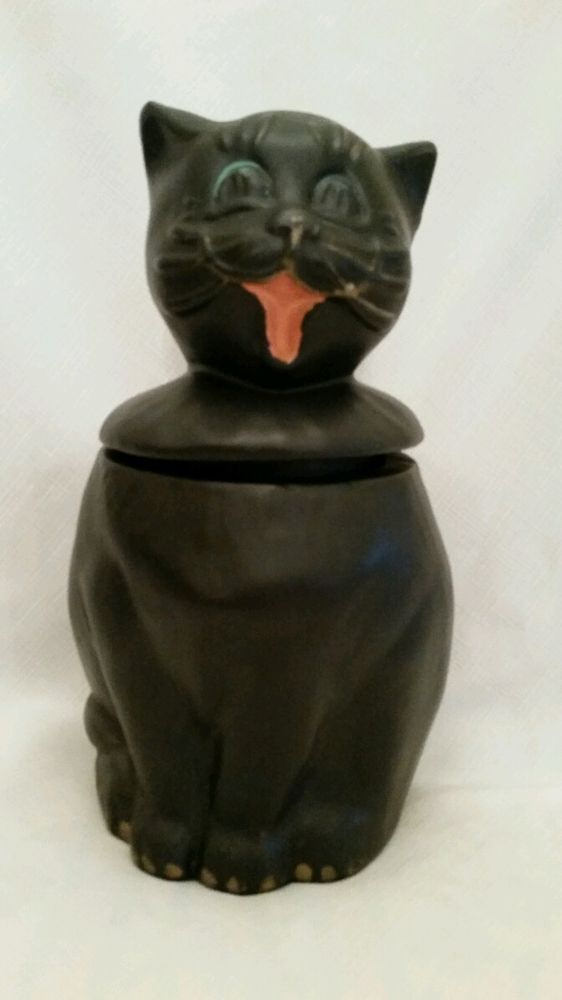
If you’re looking for McCoy pottery while you’re out thrifting, here are some things to keep in mind: have a list of the measurements of authentic products with you for comparison. Reproductions of famous styles will always be smaller than the originals, since the originals are used as the molds and then the clay for the reproduction shrinks when it’s fired. Also, take a look at known McCoy products before shopping. If what you’ve found at the thrift shop or estate sale doesn’t match any known products, it’s probably not authentic.
SKM: below-content placeholderWhizzco for DOT

